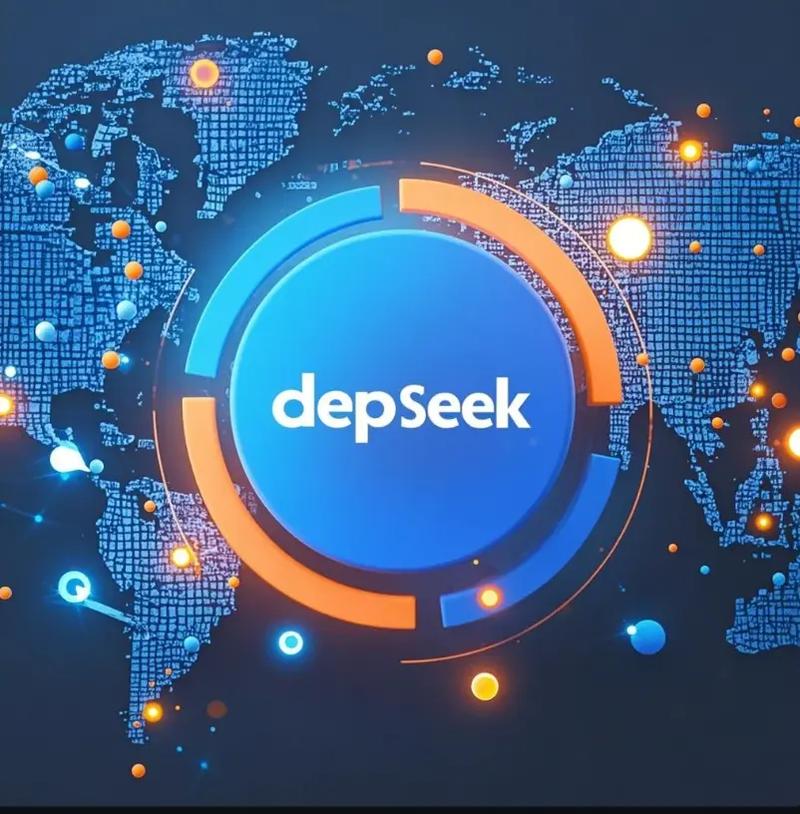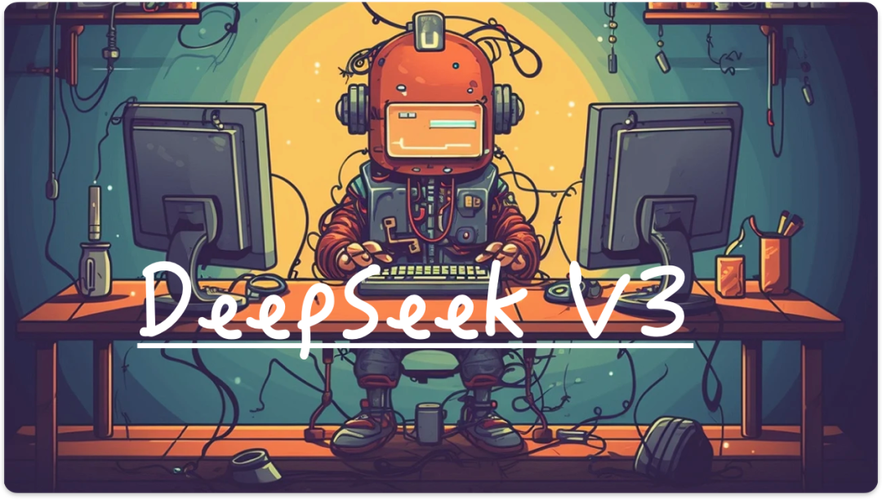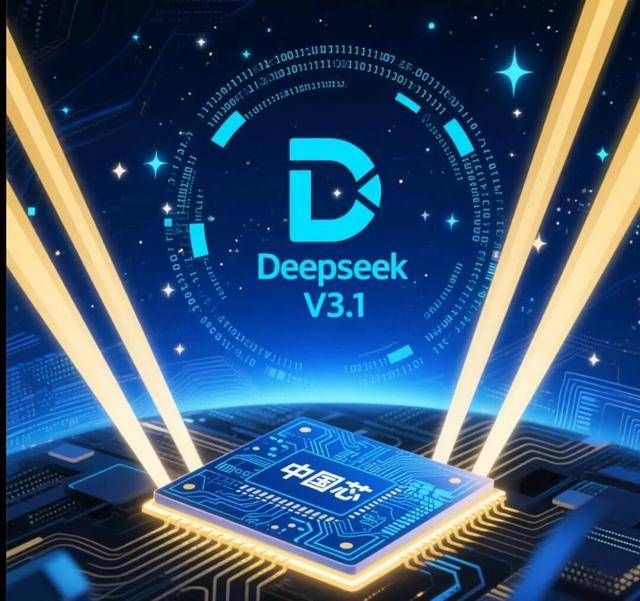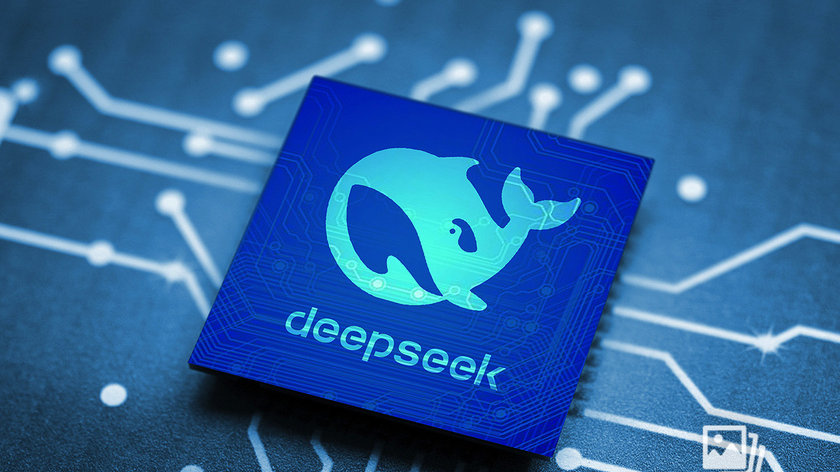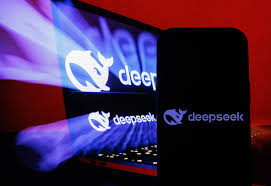The Dawn of Software 3.0: Andrej Karpathy’s Vision for the Future of AI-Powered Computing
Introduction: A New Paradigm in Software Development
Artificial Intelligence is not just another layer in the software stack—it’s becoming the foundation of a new era. According to AI pioneer Andrej Karpathy, we are witnessing the rise of Software 3.0—a dramatic shift in how software is conceived, built, and used. In this model, large language models (LLMs) and generative AI form the heart of next-generation operating systems.
Just as Software 1.0 and 2.0 transformed computing through hand-coded logic and neural networks, Software 3.0 represents a leap into an era where machine learning models are not tools—they are the platforms themselves.
In this article, we’ll explore the Software 3.0 framework, its roots, its challenges, and how it could redefine autonomy, reliability, and the nature of digital interaction.
Table of Contents
What Is Software 3.0?
Andrej Karpathy’s Background and Influence
The Three Eras of Software: 1.0 → 2.0 → 3.0
From Instructions to Emergence: A New Software Philosophy
Why Large Models Are the New Operating Systems
The Early OS Wars Reimagined Through LLMs
Software as Dialogue: The “Double Opt-In” Future
The Rise of Semi-Autonomous Agents
The “Reliability Gap” in LLM-Driven Systems
What LLMs Can and Can’t Do Today
From Framework to Foundation: Software 3.0 Use Cases
Examples: AI-Powered IDEs, Browsers, and OS Assistants
Hallucination, Explainability, and Trust
Governance and Security in Software 3.0
AI as Co-Programmer and Co-User
Multi-Agent Systems and Autonomous Collaboration
Why Software 3.0 Is Inevitable
Challenges and Critiques: Scaling and Infrastructure
What the Next Decade Could Look Like
Final Thoughts: The Human-AI Operating System
1. What Is Software 3.0?
Software 3.0 is a term popularized by Andrej Karpathy to describe the next evolution in software engineering, where code is not written, but learned.
In this model:
LLMs act as computation engines
Prompts replace traditional programming logic
Output is emergent, not explicitly deterministic
User and AI collaborate in natural language interfaces
Rather than “writing” code, we prompt, guide, and refine models that generate responses, actions, or further code. It’s software that “thinks with you.”
2. Andrej Karpathy’s Background and Influence
Karpathy is one of the most respected voices in AI:
Former Director of AI at Tesla, where he led Autopilot vision
Founding member of OpenAI
A popular educator with deep insights on deep learning
Advocate for practical AI deployment, not just theory
His Software 3.0 thesis emerged from years of building AI systems that must interact with the real world.
3. The Three Eras of Software: A Quick Overview
Karpathy distinguishes three “software epochs”:
Software 1.0 – Explicit Programming
Human writes rules, logic, and conditionals
Example: C, Java, Python codebases
Advantages: Predictable, explainable
Limitations: Brittle, labor-intensive
Software 2.0 – Machine Learning
Neural networks trained on data
Example: image classification, NLP pipelines
Advantages: Flexible, scalable
Limitations: Black-box, lacks general reasoning
Software 3.0 – Generative & Conversational
LLMs and foundation models drive logic
Output is interactive, dynamic, and learned
Advantages: Emergent behavior, few-shot generalization
Limitations: Reliability, explainability, control
4. From Instructions to Emergence: A New Philosophy
Software 3.0 represents a philosophical shift:
From: “Tell the computer exactly what to do”
To: “Show the model enough examples, then prompt it”
This changes software from being deterministic to probabilistic. The core unit of computation becomes a prompt—and the software responds in real-time, adapting based on context and memory.
5. Why Large Models Are the New Operating Systems
Karpathy argues that LLMs function like operating systems:
They handle natural language input/output
They mediate user interaction with tools
They interface with memory, reasoning, and goals
They support plug-ins and “apps” like APIs
In Software 3.0, the LLM is the interface—the control center through which humans communicate with software and software communicates back.
6. The Early OS Wars Reimagined Through LLMs
Think of the early 1980s:
Apple vs Microsoft vs Unix
Each platform had its own philosophy and user base
Competition shaped how we compute today
In Software 3.0, we’re witnessing similar dynamics:
OpenAI GPT vs Google Gemini vs Anthropic Claude vs Meta LLaMA
Each has strengths in reasoning, scale, or openness
The race is for developer mindshare, not just raw performance
7. Software as Dialogue: The “Double Opt-In” Future
One key concept in Software 3.0 is “two-way autonomy.”
Karpathy suggests we move toward cooperative interfaces, where:
The human initiates a task in natural language
The AI responds with a plan or clarification
The user approves, rejects, or adjusts
The AI executes, then loops back
This back-and-forth resembles human teamwork, not robotic command.
8. The Rise of Semi-Autonomous Agents
Software 3.0 enables the rise of AI agents that can:
Browse the web
Analyze documents
Make API calls
Write and execute code
Remember past interactions
These agents aren’t fully autonomous yet—but they are becoming task-level collaborators, automating increasingly complex jobs.
9. The “Reliability Gap” in LLM-Driven Systems
A core issue in Software 3.0 is the gap between potential and precision.
LLMs:
Are incredibly versatile
But not 100% reliable
Can “hallucinate” facts
Lack formal verification
Karpathy calls this the reliability gap—and bridging it will determine whether Software 3.0 becomes the next computing paradigm or a passing trend.
10. What LLMs Can and Can’t Do Today
✅ LLM Strengths:
Language understanding
Code generation
Translation
Summarization
Basic planning and reasoning
❌ LLM Weaknesses:
Long-term memory
Math with multi-step logic
Real-time feedback integration
Grounded knowledge in real-world sensors
11. From Framework to Foundation: Use Cases
Software 3.0 is already being used in:
Coding: GitHub Copilot, Cursor, Replit
Writing: ChatGPT, Notion AI, Grammarly
Customer service: AI chatbots with context memory
Search: Perplexity, Gemini with real-time web browsing
OS-level integration: Microsoft Copilot in Windows 11
These systems blend AI models with interface layers, forming early blueprints for Software 3.0.
12. Examples: AI-Powered IDEs, Browsers, and OS Assistants
IDEs:
AI generates, corrects, and explains code
Users issue commands like “write a login page”
The IDE responds with real-time, editable suggestions
Browsers:
AI agents browse web pages on your behalf
Summarize, search, purchase, extract data
Toolformer-style LLMs interact with websites as humans would
OS Assistants:
AI layers within Android, iOS, or Windows
Handle scheduling, automation, note-taking
Function through natural language, not clicks
13. Hallucination, Explainability, and Trust
A major challenge in Software 3.0 is trust.
When the AI:
Suggests the wrong answer
Misinterprets the prompt
Omits key steps in logic
…it can be hard to debug, because the “source code” is buried inside billions of parameters.
Solving this requires:
Chain-of-thought prompting
Tool usage logs
Model interpretability research
14. Governance and Security in Software 3.0
LLMs present novel security threats:
Prompt injection
Data leakage through memory
Malicious use of autonomous agents
As LLMs become the core runtime for apps and OS, we’ll need:
AI sandboxes
Permission systems
Transparent logs of agent behavior
Security becomes not just technical—but social and ethical.
15. AI as Co-Programmer and Co-User
In Software 3.0, AI is not just a tool—it’s:
A co-programmer (Copilot, Cursor)
A co-user (agent that uses software on your behalf)
A translator between interfaces (e.g., writing SQL queries, code snippets)
This leads to abstractions layered on top of abstractions, where humans guide AI, and AI builds new tools.
16. Multi-Agent Systems and Autonomous Collaboration
Software 3.0 isn’t about one big model. It’s about orchestration.
Multiple agents with specialized skills
Shared memory, goals, and context
Collaboration via task routing (AutoGPT, ChatDev, OpenDevin)
This architecture mimics human teams—and allows systems to scale with minimal human input.
17. Why Software 3.0 Is Inevitable
We are already moving toward Software 3.0 because:
User expectations have changed (natural language > GUIs)
Data availability makes model training easier
Tool APIs now let LLMs take actions
Enterprise demand favors agile, generative interfaces
Software 3.0 is not hype—it’s happening in real-time.
18. Challenges and Critiques
Key critiques of Software 3.0 include:
Compute costs: LLMs require massive GPU farms
Environmental impact: Energy use is significant
Data quality: Garbage in, garbage out
Over-reliance: Users may defer too much to AI judgment
Bias: LLMs reflect the flaws of the data they’re trained on
Karpathy and others acknowledge that robust infrastructure and governance will be crucial.
19. What the Next Decade Could Look Like
By 2035, we may see:
LLMs running on local devices
Software “written” entirely by AI teams
Multi-agent systems managing workflows
AI-native operating systems replacing app-based ones
Human-computer relationships defined by collaboration, not control
This is the vision of Software 3.0: fluid, adaptive, and intelligent by design.
20. Final Thoughts: The Human-AI Operating System
Software 3.0 is not just about AI—it’s about how we work with machines in a new, evolving language.
Andrej Karpathy’s insight reminds us: the most powerful software is no longer static code. It’s dynamic intelligence. And in the near future, the operating system may not be a kernel—it may be a conversation.
We are all early users of Software 3.0. The key is not to fear it—but to understand, shape, and guide it.

